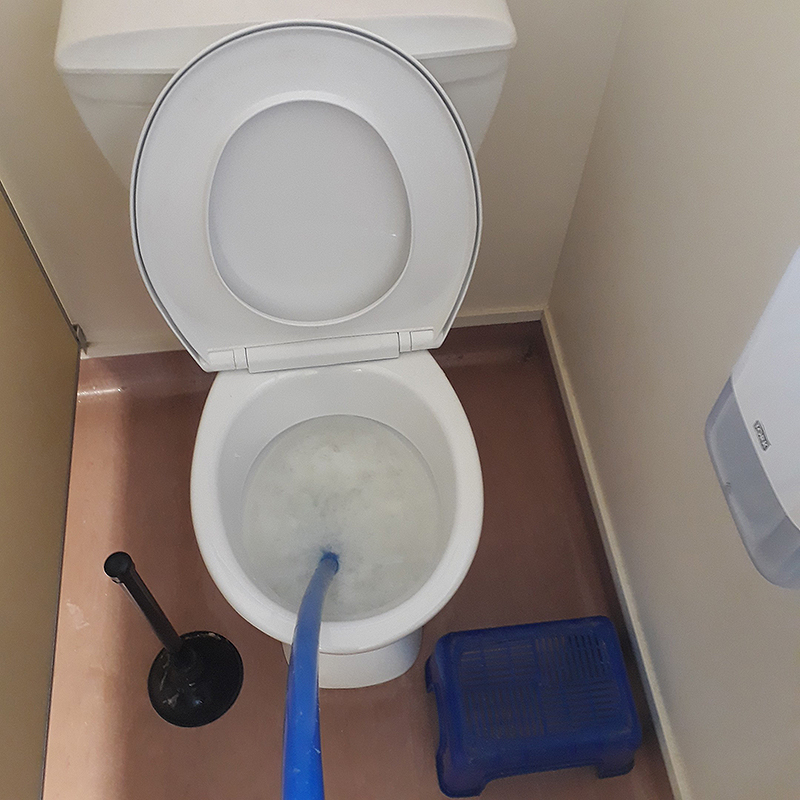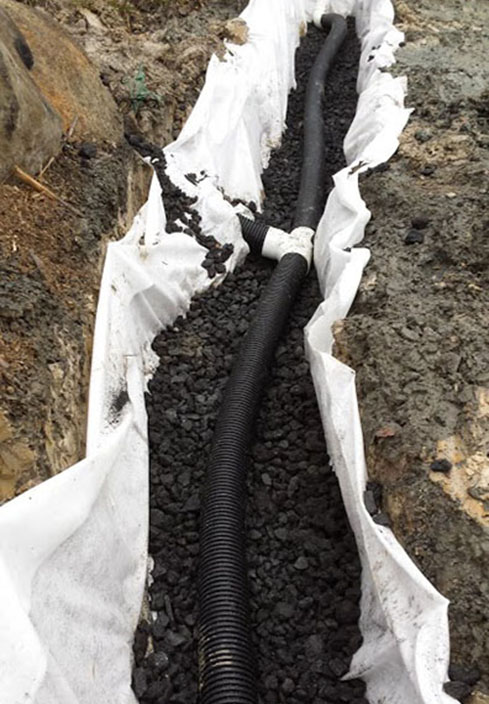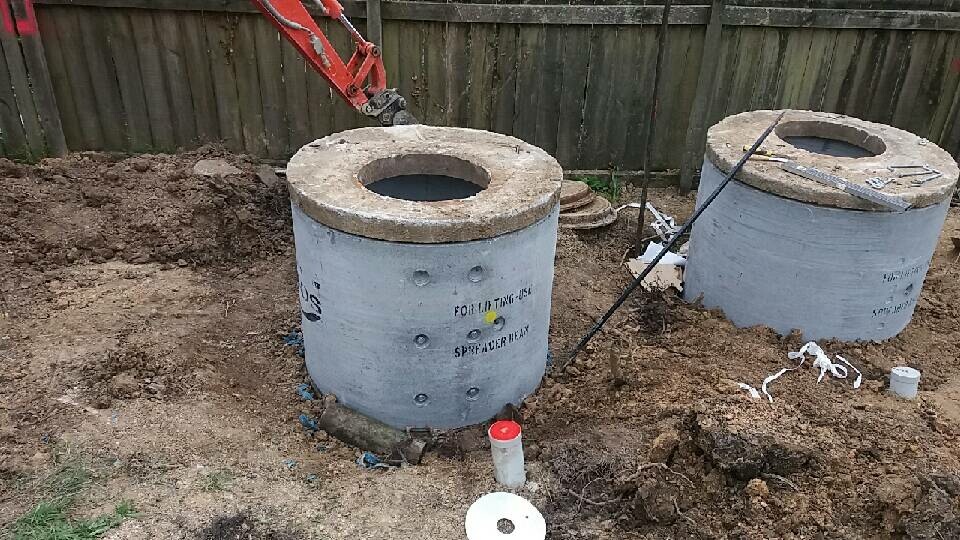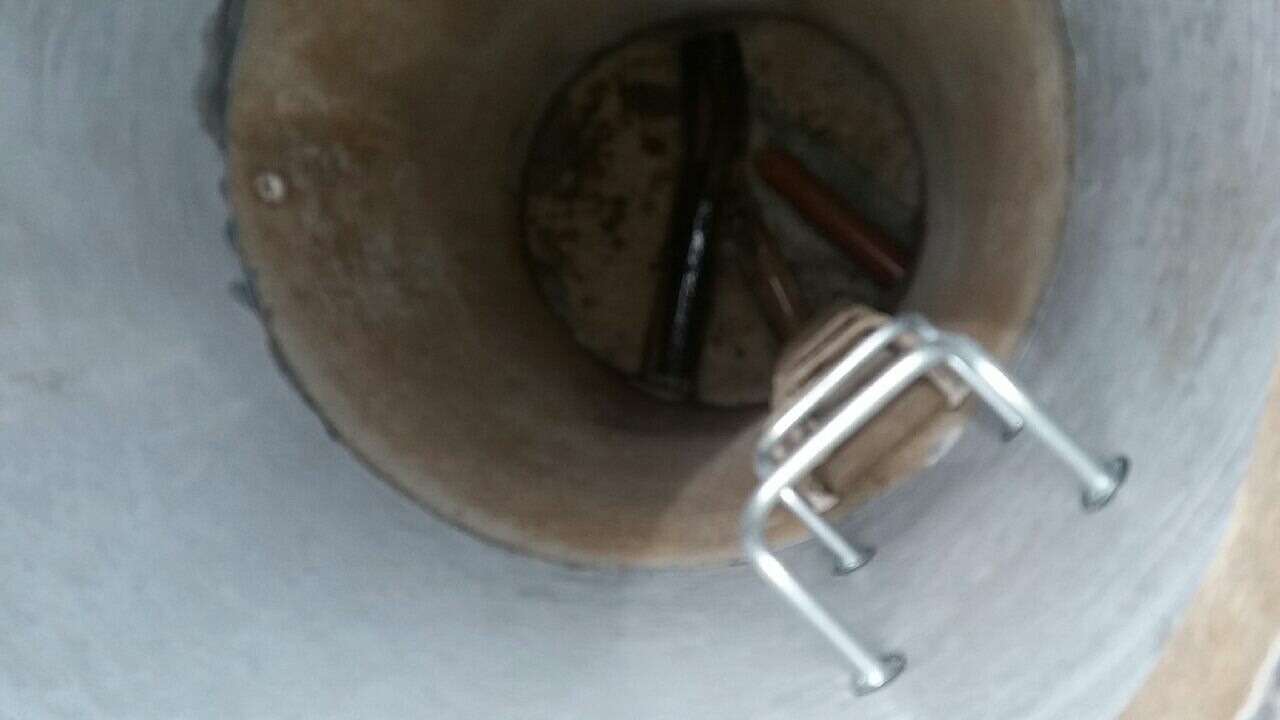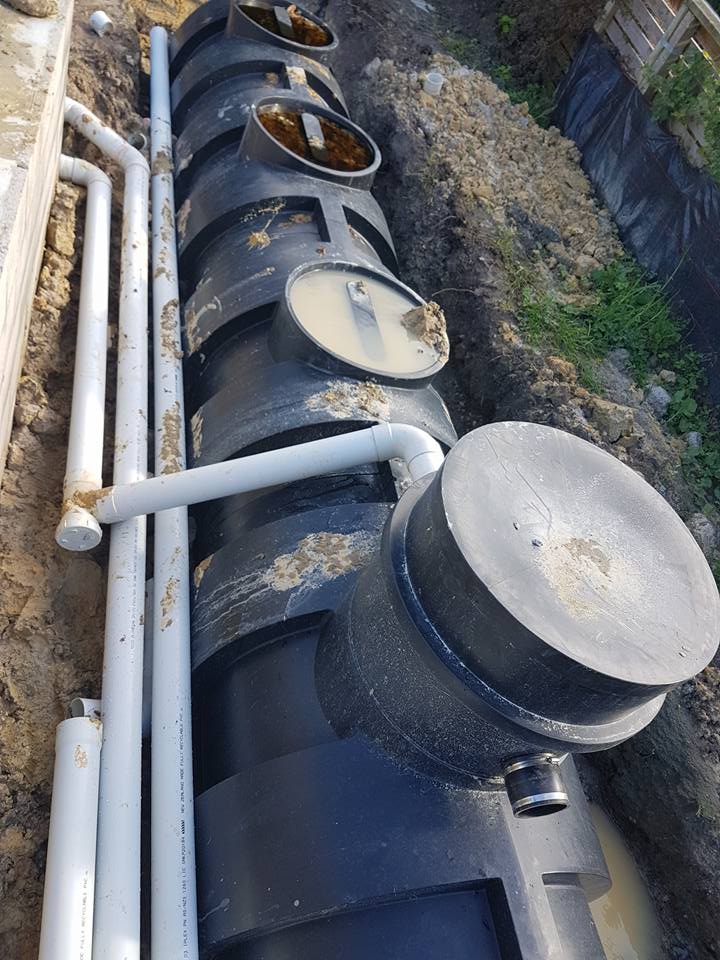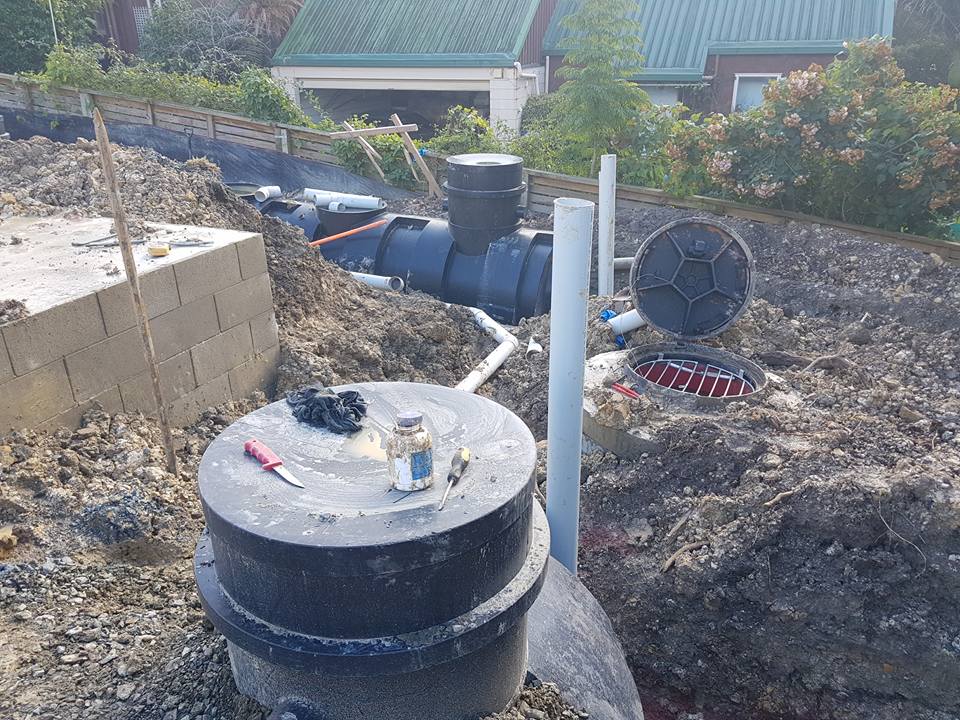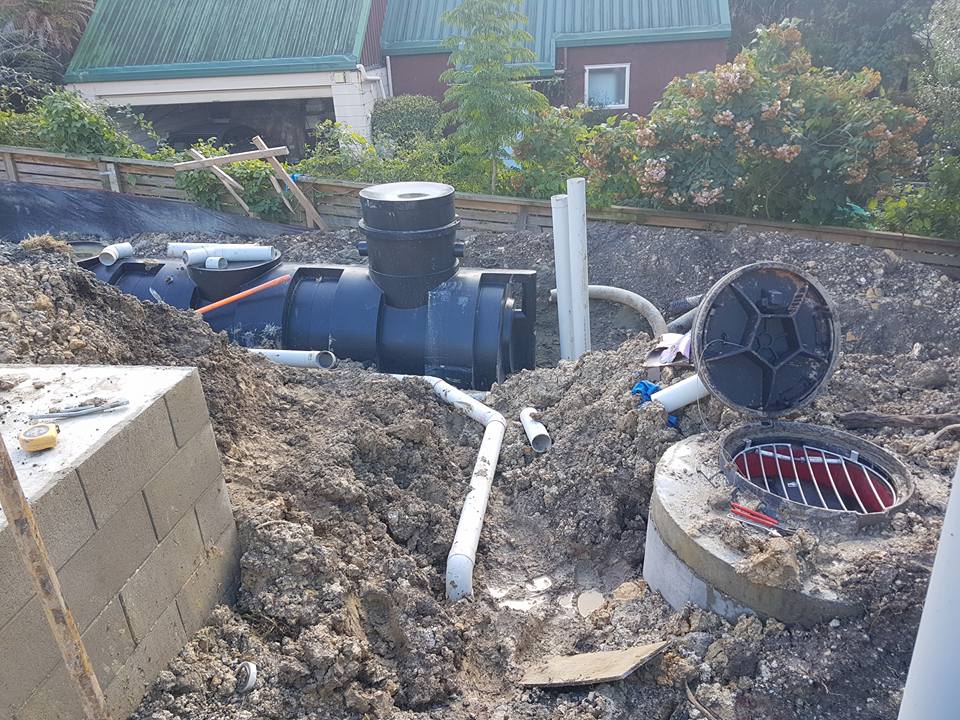If you are tasked with the drainage in a subdivision, then one of the many drainage tasks will be the installation of new manholes or creating new connections to existing manholes. The rules and regulations regarding the installation of new manholes will differ from region to region and so if you have FIFO’d (Fly in Fly Out) or are on a job outside of your normal regional council, it will pay to check what the local council regulations are and be familiar with them before embarking on your project.
For small to medium sized developments, new manholes are usually required on Council pipes where a new connection is the same size pipe as the existing pipeline it is connecting to. As well as this, new manholes can also be required if there is a change in the horizontal direction or grade in the pipe, if there are poor ground conditions which hinder the construction of ramped connections difficult (this can be assessed by engaging a Geotechnician as a geotechnical report will be required), if your 150mm diameter pipe serves more than 2 properties or is at the end of 150mm diameter pipe that is further than 50 metres from the next manhole.
Often when preparing to submit quotes for new manholes the following items can be classed as exclusions:
 Soil Removal (To be spread on site)
Soil Removal (To be spread on site)- Any finishing works
- Removal of spoil
- Hard-rock breaking
- Building Works
- Traffic Control
- Subsoil or Retaining Wall Drainage
- Concrete and Landscaping reinstatement works
- CAD Drawings (Hand drawn to be provided on site)
- All excavation limited to 800mm unless stated otherwise
- Removal of existing services (Tanks, pipework, manholes etc.)
- Limited to filling of trenches to 200mm above drainage, does not include any finishing works such as concreting, trench fill to required levels.
However, this list is not a full and final, and depending on the job site it may be pertinent to include some of the above in order to offer full service for your clients.
If you are working within the confines of the Auckland Supercity and you need to extend or modify the public water and/or wastewater networks, you will need to gain approval from both Auckland Council and Watercare before any work starts. Outside of Auckland the approval will need to be gained from the local borough or city council and the relevant waste water service.
 The usual process for obtaining consent before embarking on the drainage works will be for you to apply and obtain resource consent from the council and then apply to the waste water service for a network extension. Some councils will allow you to apply directly to them for an engineering plan approval after obtaining the resource consent.
The usual process for obtaining consent before embarking on the drainage works will be for you to apply and obtain resource consent from the council and then apply to the waste water service for a network extension. Some councils will allow you to apply directly to them for an engineering plan approval after obtaining the resource consent.
Before submitting any applications, it is wise to consult with a civil engineer to discuss your requirements and to ensure that all extensions or modifications to the water or wastewater network comply to the local waste water services engineering standards.
When planning the positioning of the manhole connections keep in mind that where you deem a suitable location for the manholes may influence your pipe alignment.
Generally, there is a minimum clearance required of 1.0m from the outside diameter of the manhole riser to any structures or boundaries which needs to be provided to facilitate maintenance and rescue. The local council may determine other specific requirements subject to the individual site characteristics.
The placement of the manholes needs to be with the view of minimising any interference with future building.
The structure of manholes has been engineered and developed over the years and there are many rules and regulations as to the designs acceptable for implementation.
All manholes in New Zealand need to be designed to support all existing and any predicted future dead loads. Design live loads for reinforced concrete manholes and cast iron covers shall be HN-HO-72 for motorways and arterial roads, HN for local streets and driveways, and 20kN wheel load for non-trafficable areas.
Manholes are required to be able to support lateral earth pressure, hydrostatic pressure and any expected high eccentric lateral pressure due to live load or surcharge load. You will also need to consider the manhole foundations which need a design that accommodates the bearing pressure and at no time exceeds the safe bearing capacity of the soil.
Reinforced concrete pipes produced to AS/NZS 4058:2007 can be used as manhole risers provided that the load class of the pipes is adequate to carry the service loads on the manhole. Use of pipes with oval reinforcement is not acceptable at any time or at any site.
Most Manhole work (unless classified private) is considered as Public work. In Auckland drain layers must be Auckland city and Watercare registered to be allowed to work on public systems. Both of which Drainage NZ are. We carry all the required certifications and qualifications to accommodate and size public work. Drainage NZ can assist you in the design, application and consenting stages including manhole installations and involved drainage.





